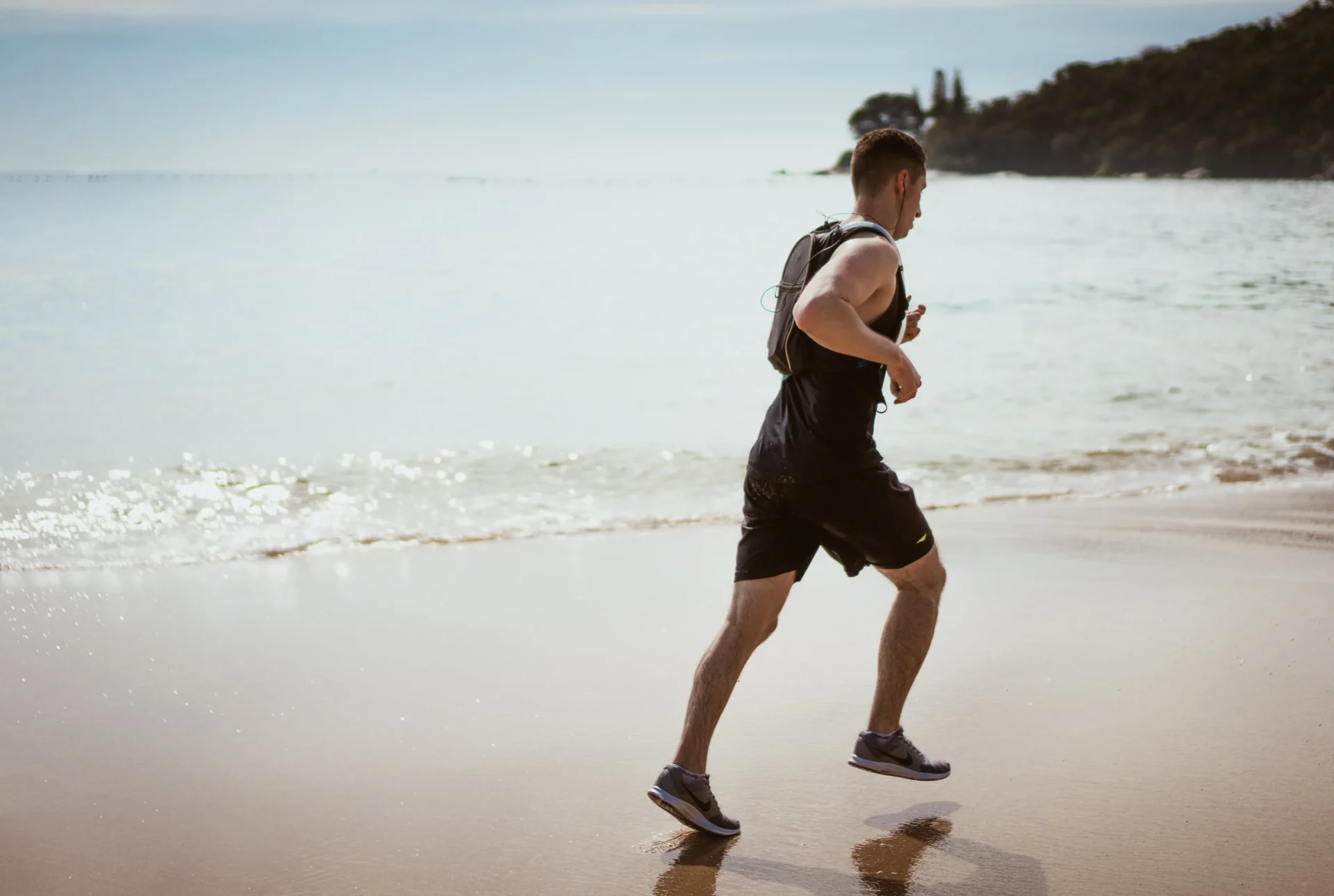The Runner’s Guide to Preventing and Treating Patellofemoral Pain
Patellofemoral pain syndrome affects 25% of runners, but targeted strengthening, biomechanical adjustments, and training modifications can keep you pain-free.
Primary Causes of Runner’s Knee
Biomechanical Factors
- Weak VMO (inner quad muscle)
- Tight iliotibial band
- Hip abductor weakness
Training Errors
- Excessive downhill running
- Sudden mileage increases
- Inadequate recovery
Evidence-Based Prevention Plan
| Focus Area | Recommended Action | Frequency |
|---|---|---|
| Strength Training | Single-leg squats, clamshells, glute bridges | 3x weekly |
| Running Form | 180 steps/min cadence, midfoot strike | All runs |
| Flexibility | Quad, hamstring, IT band stretches | Daily |
Step-by-Step Recovery Protocol
- Acute Phase (1-3 days): Ice 15min every 2 hours + relative rest
- Subacute Phase (3-14 days): Cross-training + targeted PT exercises
- Return-to-Run Phase: 30-50% reduced mileage with walk-run intervals
- Maintenance Phase: Continue strength work 2x weekly
Key Exercises for Runner’s Knee
Quadriceps Strengthening
- Terminal knee extensions (3×15)
- Step-downs (3×10 per leg)
- Wall sits (3x30sec)
Hip Stabilization
- Clamshells (3×15 per side)
- Single-leg glute bridges (3×10)
- Lateral band walks (3×10 steps)
When to Seek Professional Help
- Pain persists after 2 weeks of rest
- Swelling or locking sensations
- Noticeable gait changes
- History of patellar dislocations
Clinical Insight: A 2023 study in the Journal of Orthopaedic & Sports Physical Therapy found runners who performed targeted hip strengthening reduced patellofemoral pain by 72% compared to stretching alone.
Number of Views: 1



